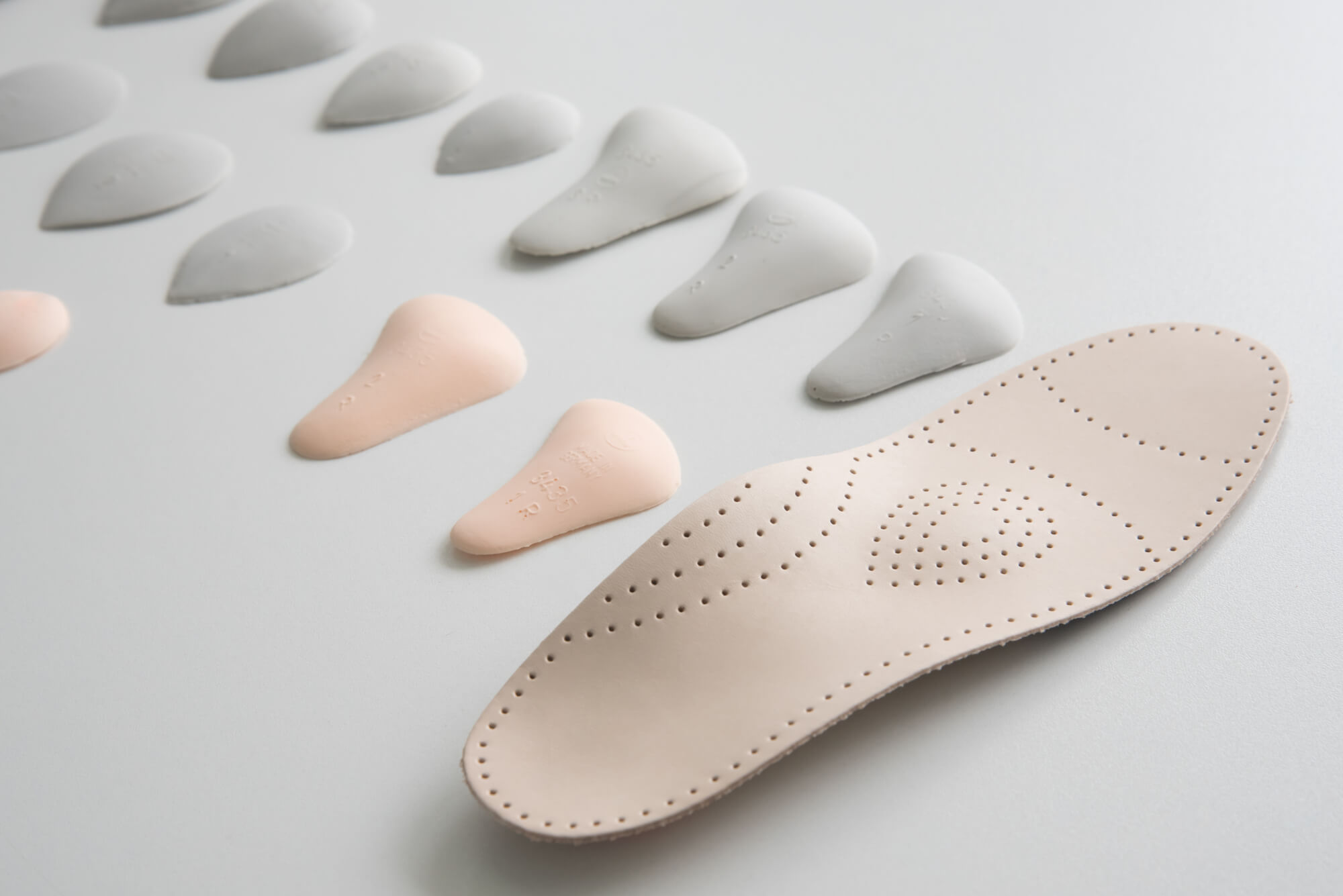How to Get Orthotics Covered by Insurance: A Guide for Patients
Orthotics are shoe inserts that can relieve pain, correct structural abnormalities, and improve foot and ankle function. However, the cost of orthotics can be a barrier for many patients. If you're considering orthotics for foot and ankle pain or other medical conditions, you may wonder if your insurance covers them. This article will discuss how to get orthotics covered by insurance, including what types of insurance plans cover orthotics, how to navigate the insurance process, and what steps you can take to maximize your insurance coverage.
What Types of Insurance Plans Cover Orthotics?
Private Health Insurance Plans
Many private health insurance plans cover orthotics, but the specific coverage will vary depending on your plan. Some plans may require a copay or deductible for orthotics, while others may cover the full cost. When reviewing your insurance plan's benefits, look for terms such as "orthotics," "custom orthotic," or "durable medical equipment" to determine if orthotics are covered under your plan.
Medicare
Medicare may cover the cost of orthotics if they are deemed medically necessary. However, Medicare coverage for orthotics is limited, and you may need to pay a copay or deductible. Medicare Advantage plans may offer additional coverage for orthotics, so check your plan's benefits.
Medicaid
Medicaid may cover the cost of orthotics for individuals who meet certain income and eligibility requirements. However, the specific coverage will vary depending on your state and your Medicaid plan. Some Medicaid plans may cover custom orthotics, while others may only cover prefabricated orthotics.
Health Savings Accounts and Flexible Spending Accounts
If you have a health savings account (HSA) or flexible spending account (FSA), you can use the funds in these accounts to pay for orthotics. HSAs and FSAs are savings accounts that allow you to set aside pre-tax dollars to pay for medical expenses, including orthotics.

How to Navigate the Insurance Process
Check Your Insurance Coverage
Before getting orthotics, it's important to check your insurance coverage to determine if orthotics are covered under your plan. You can review your plan's benefits summary or contact your insurance provider directly. Be sure to ask about coverage for custom orthotics, as some insurance plans may only cover prefabricated orthotics.
Get a Prescription from Your Podiatrist
For orthotics to be covered by insurance, you will need a prescription from your podiatrist. Your podiatrist can help determine if orthotics are a necessary treatment option for your condition and can provide you with a prescription for the specific type of orthotics you need.
Submit a Claim to Your Insurance Provider
After getting a prescription for orthotics, you must submit a claim to your insurance provider. This can be done by filling out a claim form or submitting a receipt for the orthotics. Be sure to follow your insurance provider's specific instructions for submitting a claim to ensure that the claim is processed correctly.

Maximizing Your Insurance Coverage for Orthotics
Choose an In-Network Provider
Choosing an in-network provider can help maximize your insurance coverage for orthotics. In-network providers have negotiated rates with your insurance provider, which can help reduce the orthotics cost. Check with your insurance provider to determine which providers are in-network.
Choose the Right Type of Orthotics
Different types of orthotics may be covered under your insurance plan, and the specific coverage will vary depending on your plan. Choosing the right type of orthotics can help maximize your insurance coverage and reduce out-of-pocket costs. If your podiatrist determines that you need custom orthotics, check with your insurance provider to determine if they're covered under your plan. Some insurance plans may only cover prefabricated orthotics, less expensive than custom orthotics.
Appeal a Denied Claim
If your insurance provider denies your claim for orthotics, you may be able to appeal the decision. Your podiatrist can help you navigate the appeals process and provide documentation to support the medical necessity of the orthotics. Be sure to keep copies of all paperwork related to your orthotics, including your prescription and receipts, in case you need to file an appeal.

Other Tips for Maximizing Your Orthotic Coverage
Consider Preventive Services
If your insurance plan covers preventive services, such as physical therapy or diabetic shoes, taking advantage of these services may help prevent the need for orthotics in the first place. For example, physical therapy can help improve the strength and flexibility of the foot and ankle, reducing the risk of injury and the need for orthotics. Diabetic shoes are designed to reduce the risk of foot ulcers and other complications associated with diabetes, which can also help prevent the need for orthotics.
Use Health Savings Accounts or Flexible Spending Accounts
If you have a high deductible insurance plan, using a health savings account (HSA) or flexible spending account (FSA) to pay for your orthotics can help reduce out-of-pocket costs. HSAs and FSAs are savings accounts that allow you to set aside pre-tax dollars to pay for medical expenses, including orthotics.
Check for Manufacturer or Retailer Discounts
Before purchasing orthotics, ask your podiatrist if manufacturer or retailer discounts are available. Some orthotic manufacturers or retailers may offer discounts for patients who meet certain criteria, such as low income or certain medical conditions. By taking advantage of these discounts, you may be able to reduce the cost of your orthotics.
Keep Track of Your Medical Expenses
Orthotics may be tax-deductible as a medical expense. If you itemize your deductions on your tax return, keep track of all medical expenses, including the cost of orthotics, as they may be deductible. Consult with a tax professional or accountant to determine if your orthotics are tax-deductible.
Conclusion
Orthotics can be an effective treatment option for foot and ankle pain and other medical conditions, but they can be expensive. If you're considering orthotics, it's important to check your insurance coverage and navigate the insurance process carefully to maximize your coverage and reduce out-of-pocket costs. By choosing an in-network provider, selecting the right type of orthotics, and appealing a denied claim if necessary, you can help ensure that your orthotics are covered by insurance. If you have any questions or concerns about getting orthotics covered by insurance, speak with your podiatrist or insurance provider for more information.

